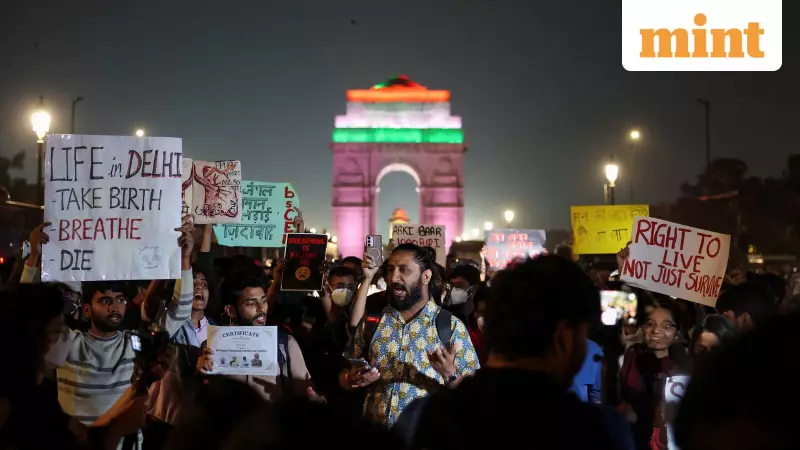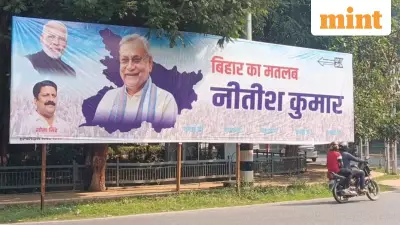
India's Wealthy Take to the Streets in Unprecedented Civic Awakening
In a remarkable shift from their usual political apathy, India's urban affluent classes are increasingly participating in public protests, demanding better quality of life from the government. The phenomenon, recently observed in Delhi, Bengaluru, and Chennai, marks a significant departure from the traditional protest landscape dominated by rural and working-class issues.
Well-dressed protestors holding English placards with proper punctuation have been seen demonstrating against the capital's hazardous air quality before being escorted away by police. This unusual sight of the upper classes being removed by working-class constables represents a notable change in India's social dynamics.
The Changing Migration Landscape
According to journalist Manu Joseph, this new civic consciousness among India's urban elite stems from fundamental changes in global migration patterns. The prospect of escaping to Western countries, particularly the United States, for a better life has significantly dimmed in recent years.
Studying abroad no longer guarantees prolonged residence in foreign countries, even for science and technology graduates. Simultaneously, the appeal of life in Western nations has decreased while India's own development has made staying home more attractive than ever before.
This realization has sparked what Joseph describes as "a fervent wish has come to be: how nice it would be if life back home were not hell." While Indians appreciate the country's abundant and affordable services provided by the poor, they're now demanding better civic infrastructure and environmental conditions.
Historical Context and Current Reality
This isn't the first time India's English-speaking elite have protested. The article recalls similar demonstrations following the November 2008 terror attacks in South Mumbai, considered India's wealthiest parliamentary constituency. However, those earlier protests failed to gain traction with average voters.
What makes the current wave different is its persistence and focus on universal issues like air pollution and urban infrastructure. In Gurugram, affluent residents systematically document garbage burning and filth, posting evidence on social media to pressure municipal authorities.
The protestors argue they're not fighting for privileged concerns but for issues that affect everyone. As one observer noted, they aren't demanding better speed-breakers for luxury vehicles but cleaner air and functional infrastructure that benefits all citizens.
Challenges and Potential Impact
Despite their enthusiasm, the affluent protestors face significant challenges. Their voices remain faint in the political arena, and their concerns don't typically worry politicians who respond to larger voting blocs. The poor rarely join forces with these sophisticated protestors due to cultural differences and differing priorities.
As Joseph explains, "useful issues, like the quality of air, are not as emotional as matters of identity that are whipped up by the provincial elite." While the average voter recognizes air pollution as a problem, it ranks lower in their hierarchy of concerns compared to immediate livelihood issues.
Nevertheless, the increasing frequency and intensity of upper-class protests represents positive development for Indian democracy. If this civic stirring continues and grows, it could become one of the most beneficial trends for the nation's development.
The author proposes an innovative protest method: across all cities, Indians should stop buying high-value goods like houses, cars, and televisions for six months in exchange for better air quality, parks, and urban infrastructure. This approach would represent a legal form of tax protest while demonstrating serious commitment to civic improvement.





